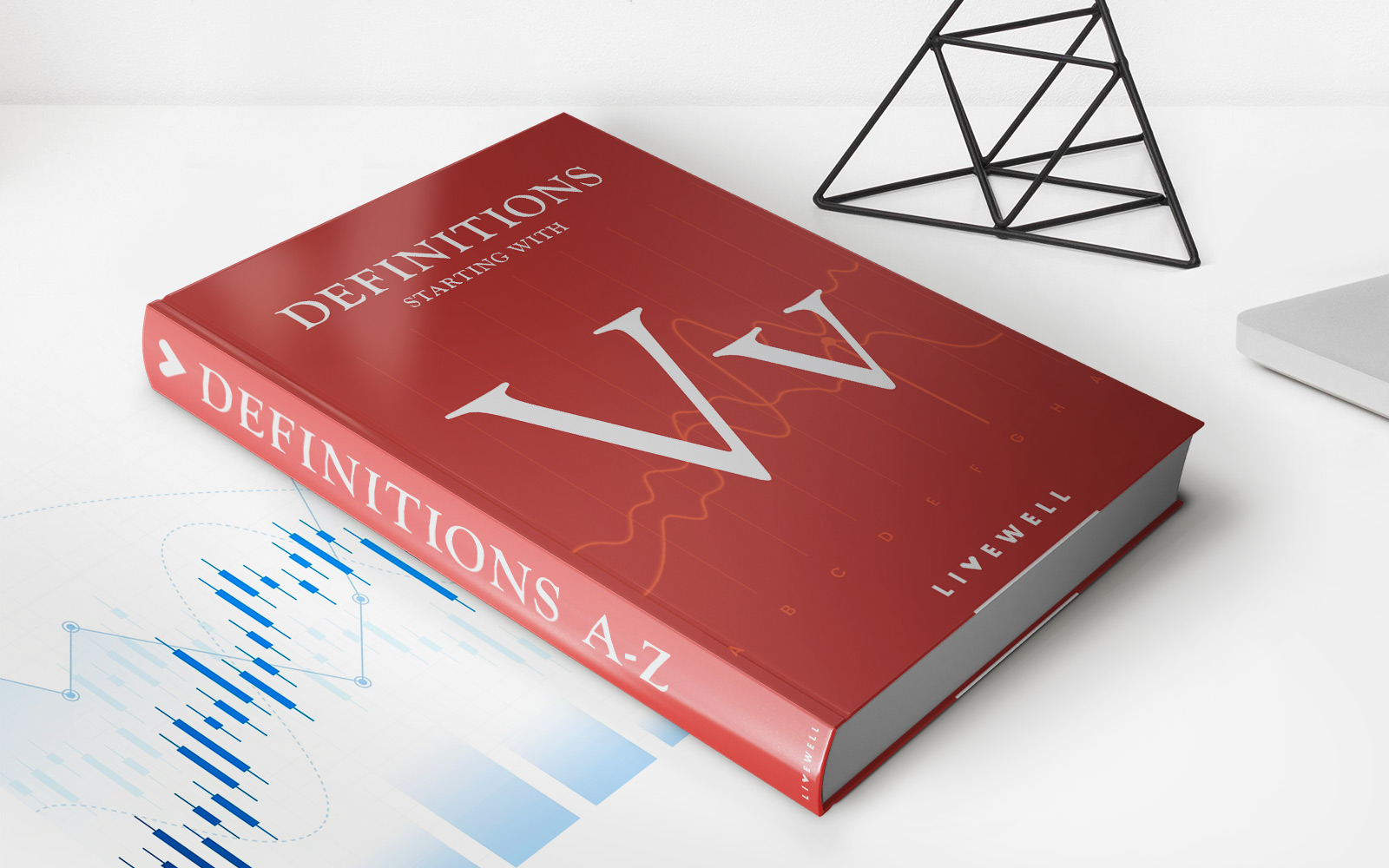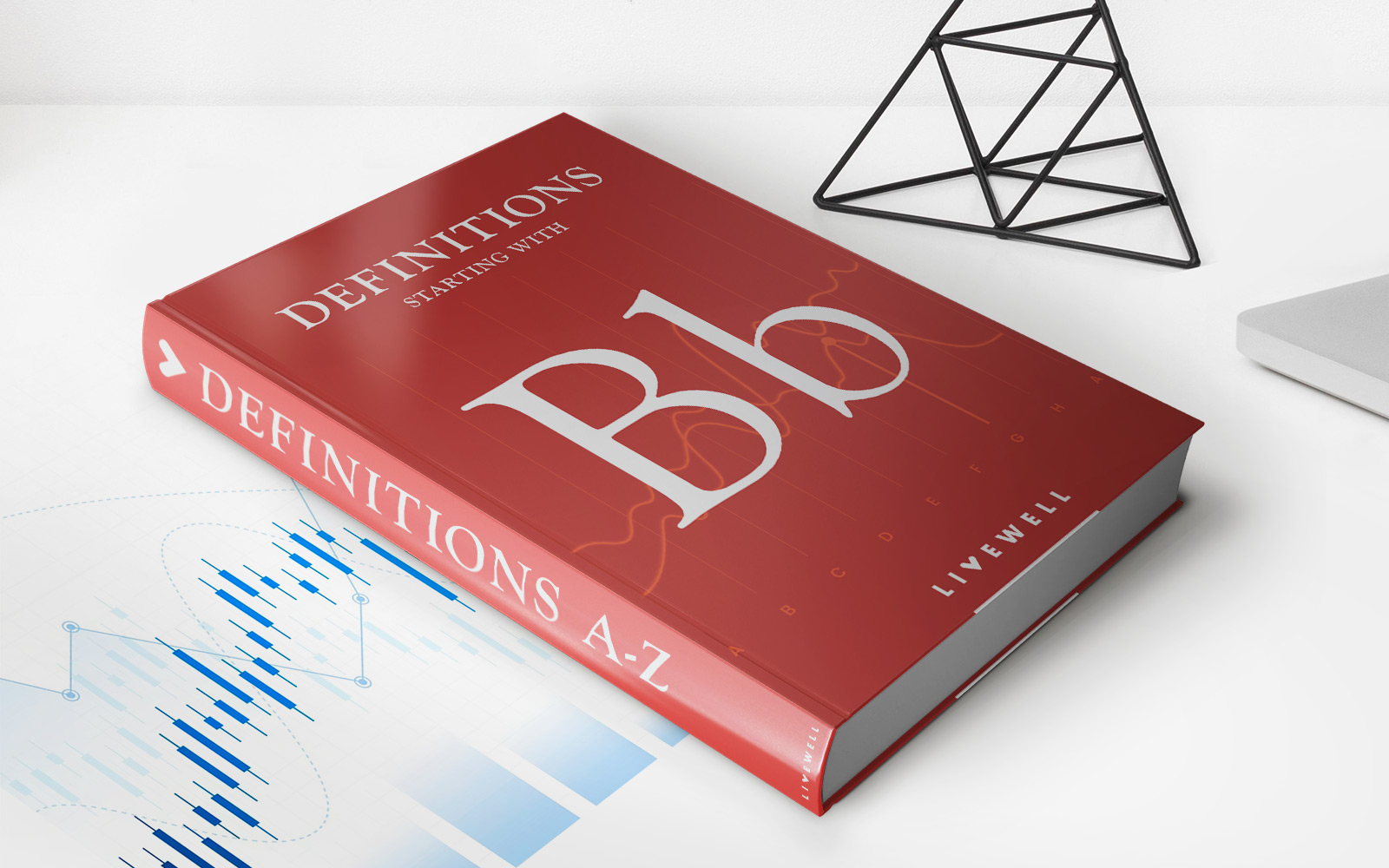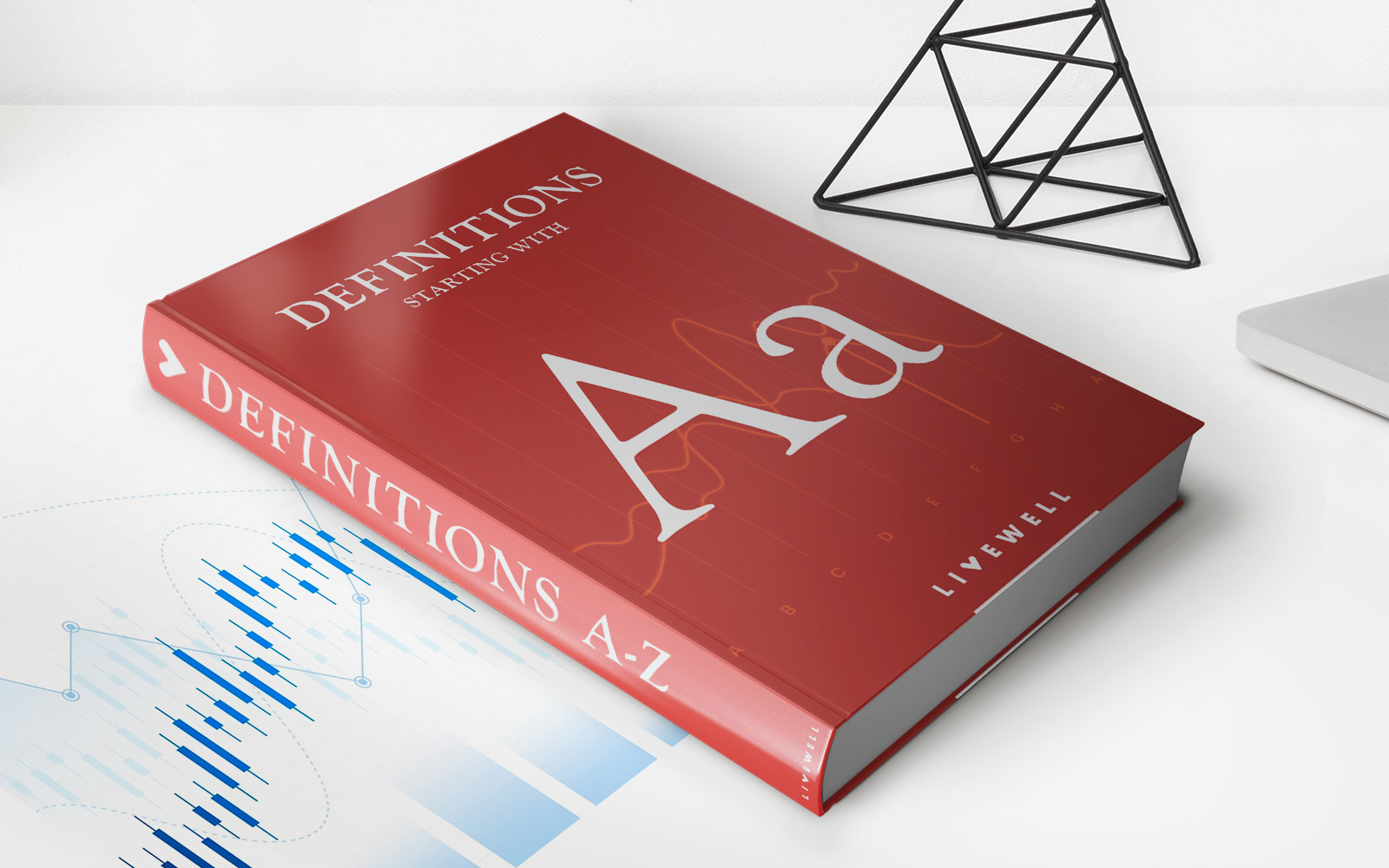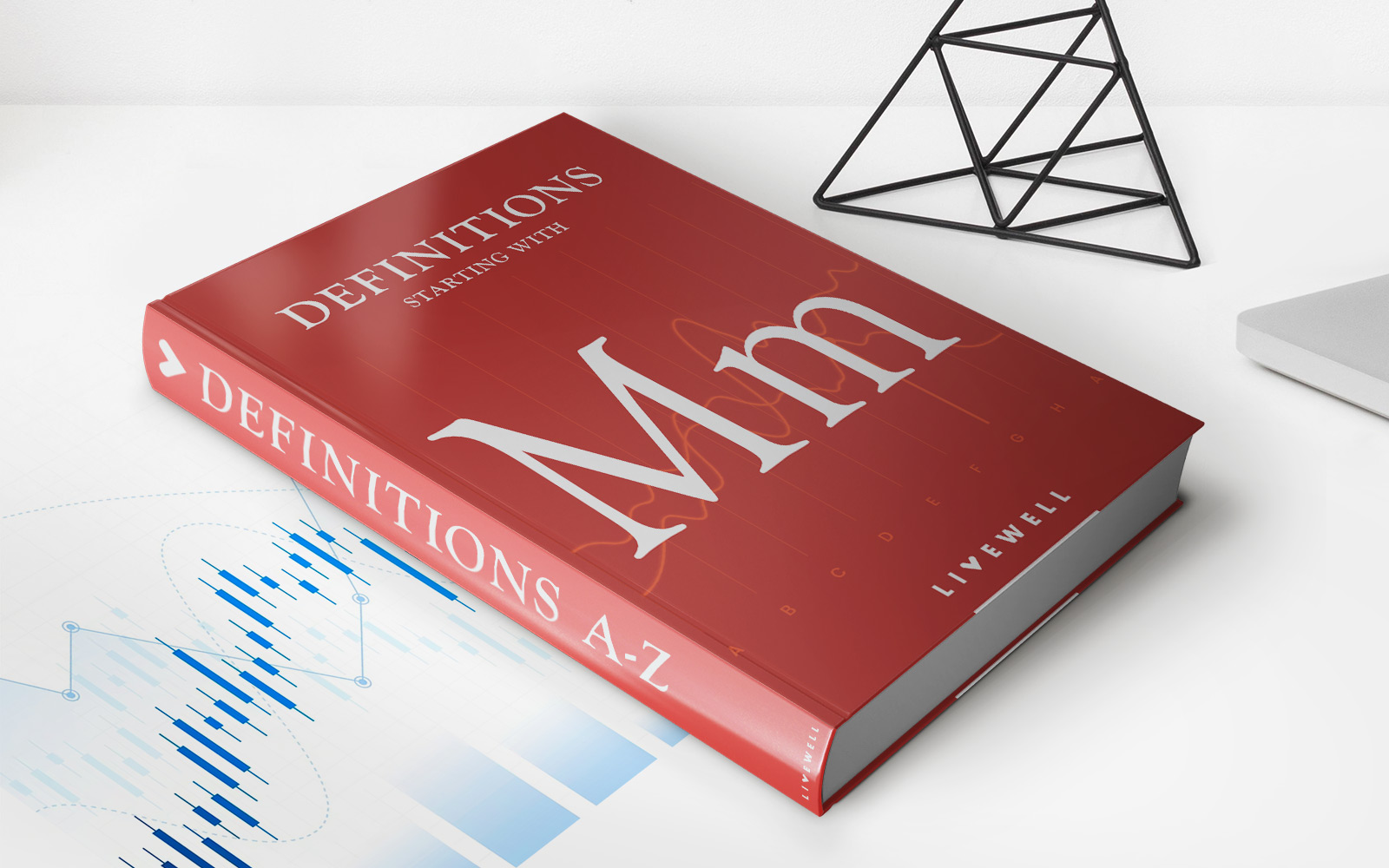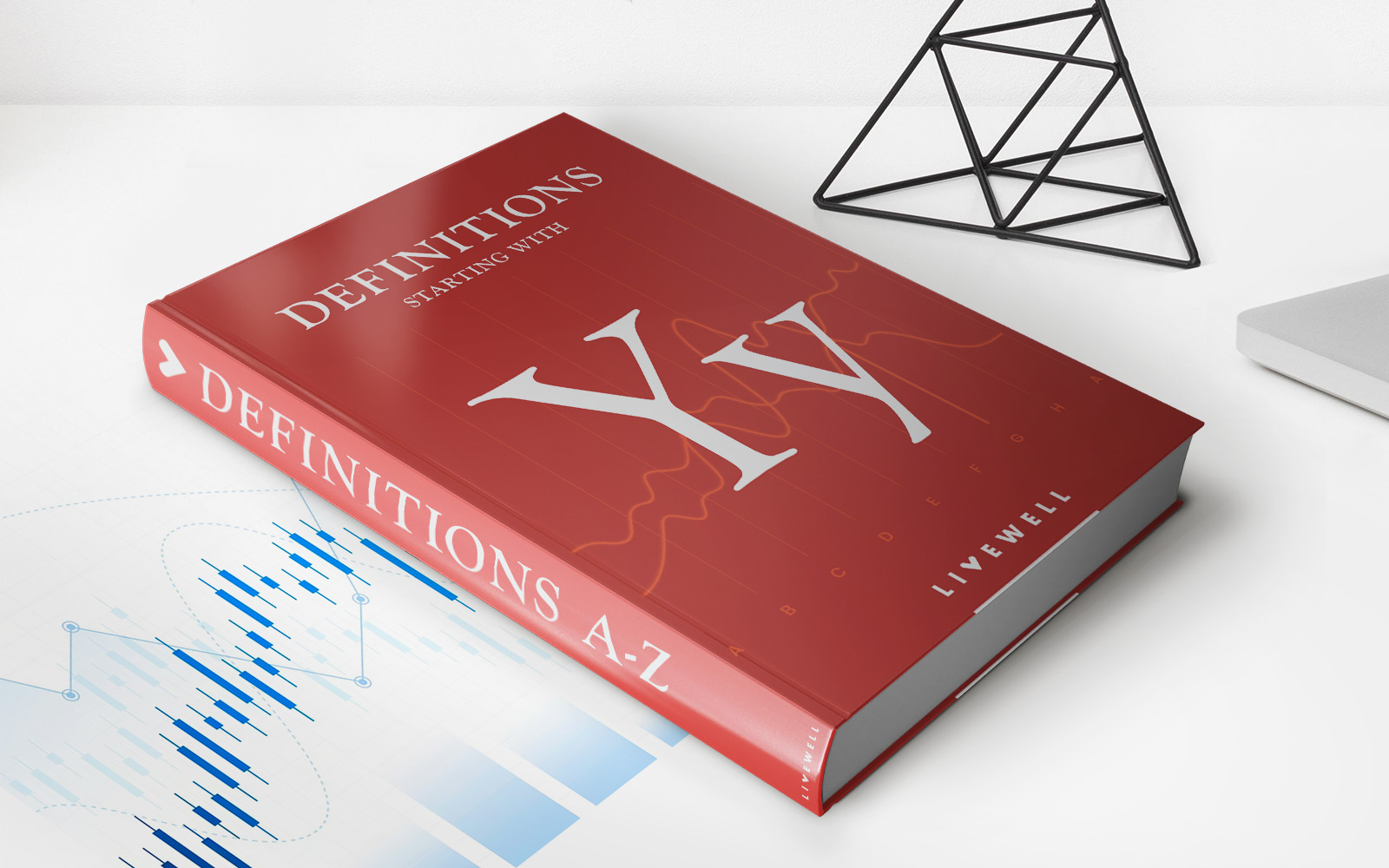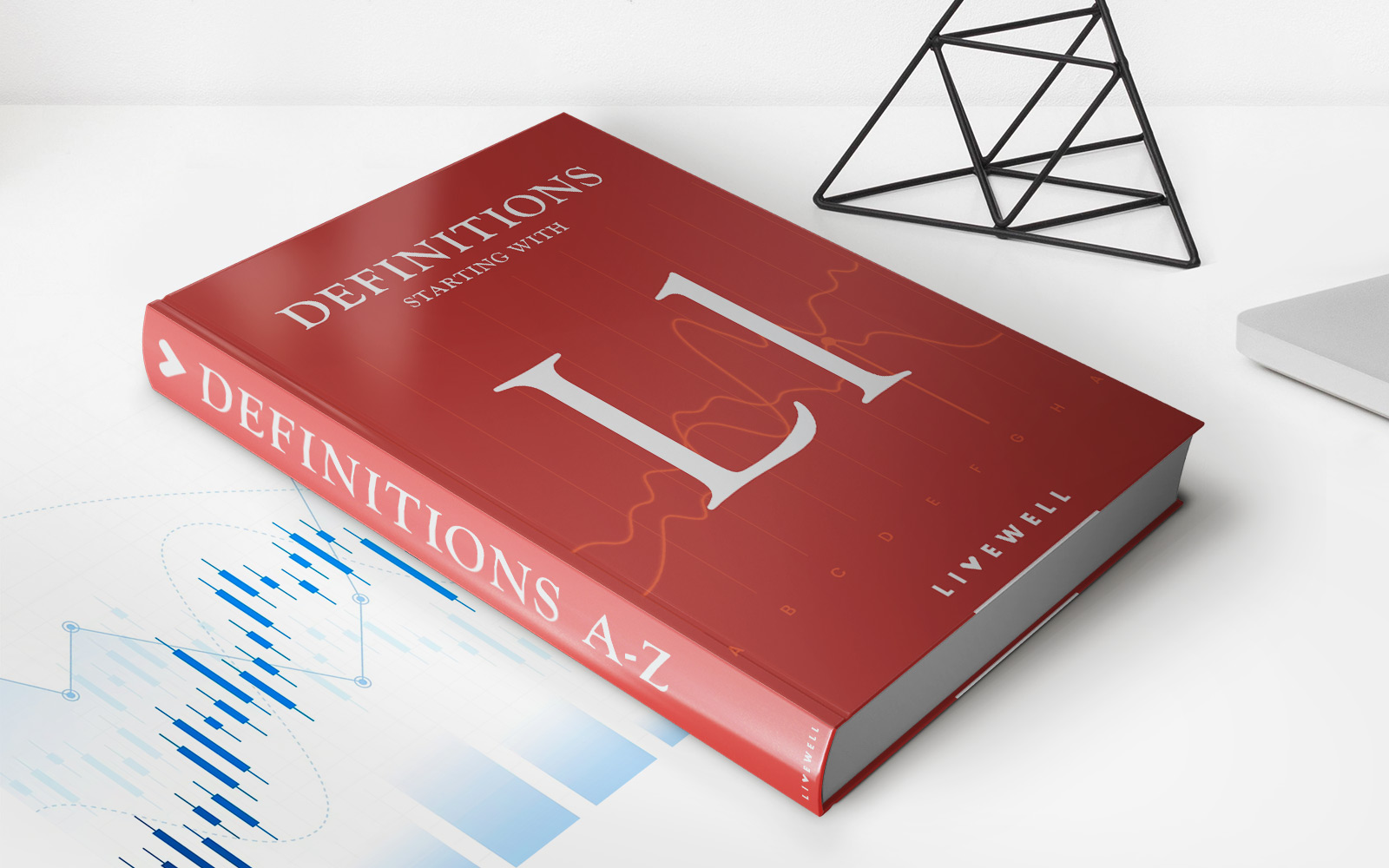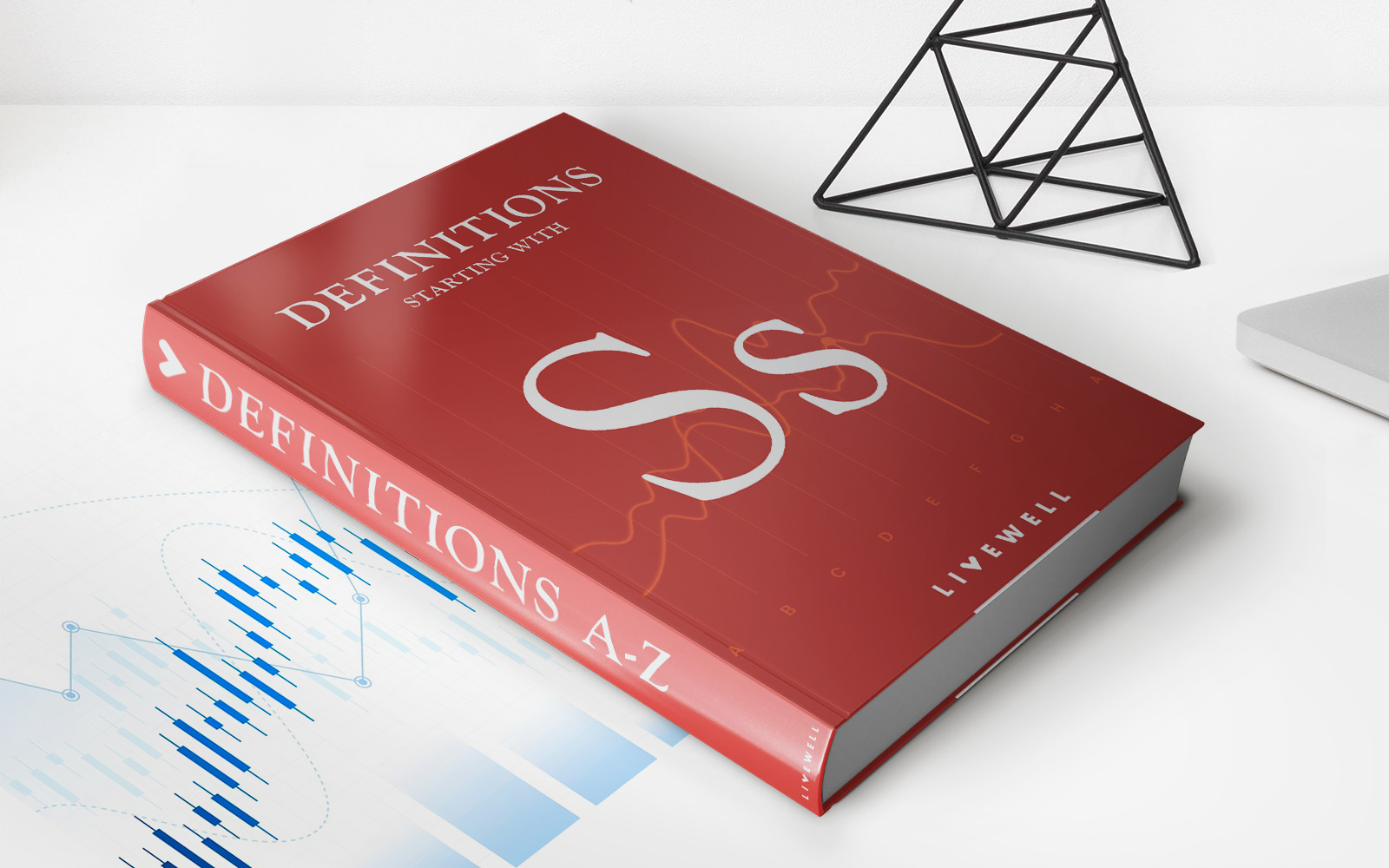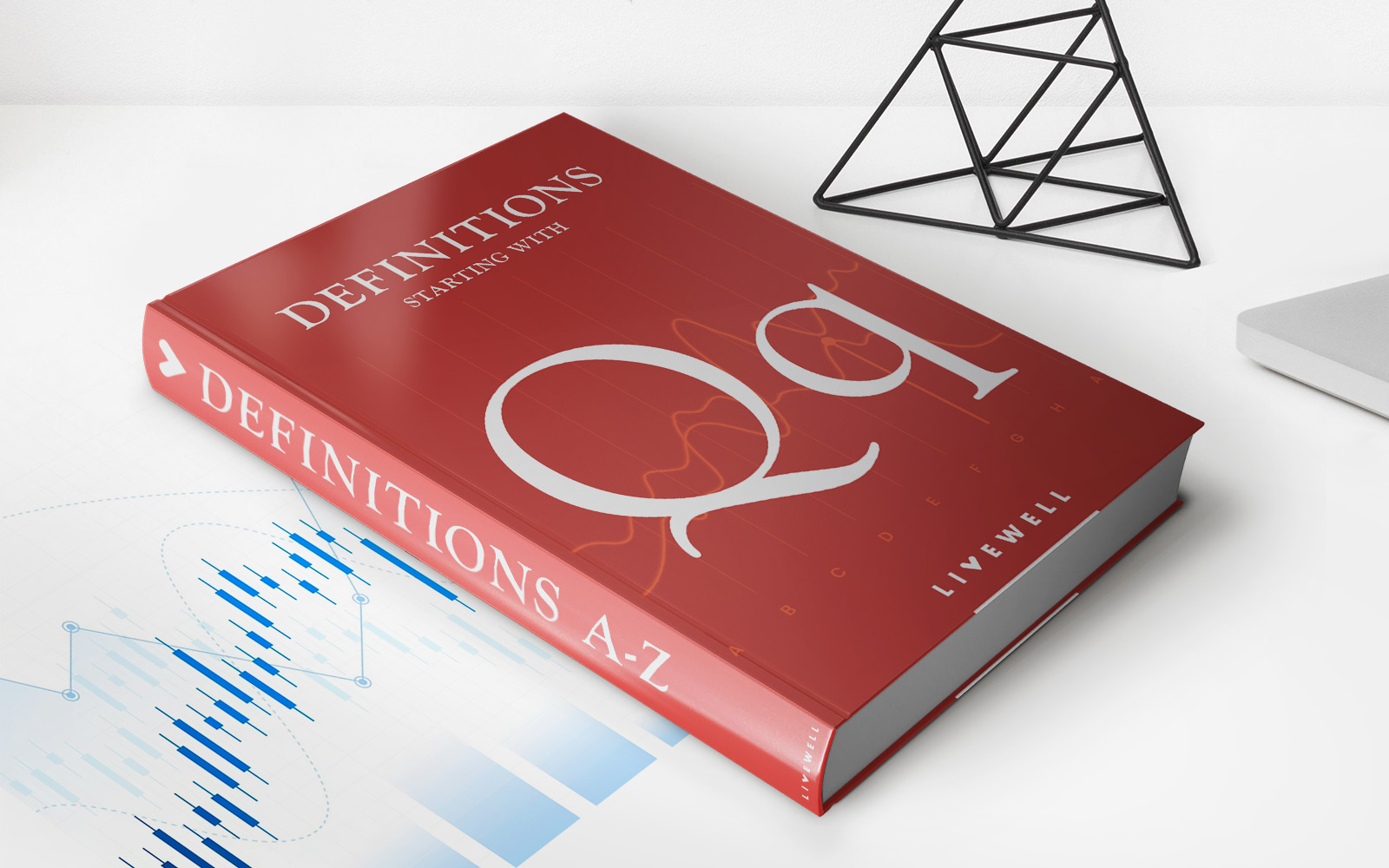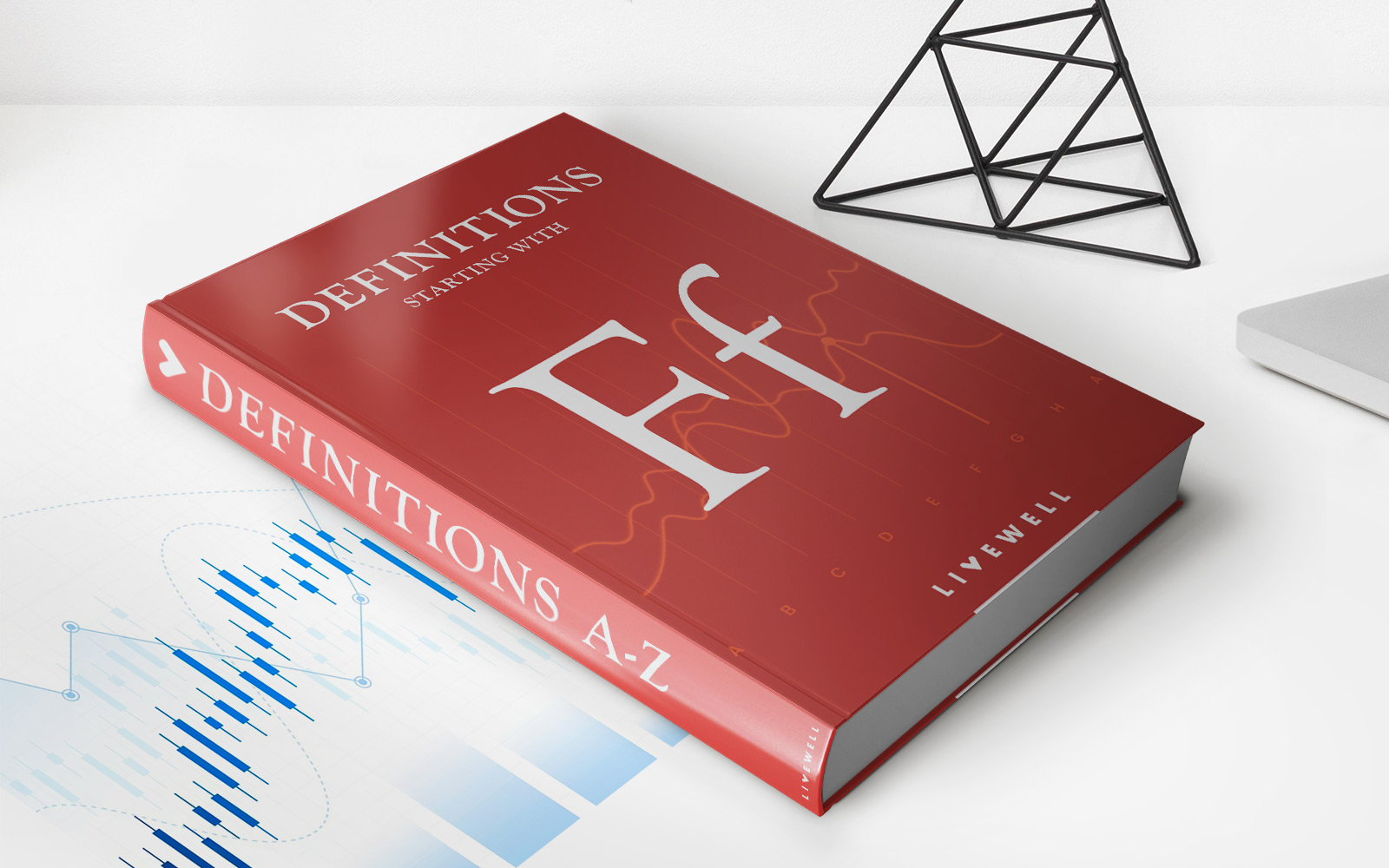Home>Finance>Merton Model: Definition, History, Formula, What It Tells You


Finance
Merton Model: Definition, History, Formula, What It Tells You
Published: December 25, 2023
Learn the definition, history, and formula of the Merton Model in finance. Find out what this powerful tool can tell you about the potential default risk of a company.
(Many of the links in this article redirect to a specific reviewed product. Your purchase of these products through affiliate links helps to generate commission for LiveWell, at no extra cost. Learn more)
The Merton Model: Definition, History, Formula, What It Tells You
Welcome to our blog post on the Merton Model, an important concept in the world of finance. In this article, we will explore the definition, history, formula, and what this model tells us about financial risk. So, if you’re interested in understanding how to assess the credit risk of a company or institution, then keep reading!
Key Takeaways:
- The Merton Model is a widely used financial tool for assessing credit risk.
- It was developed by Robert C. Merton, a Nobel Prize-winning economist and professor at the Massachusetts Institute of Technology (MIT).
The Merton Model, named after its creator, Robert C. Merton, is a financial model that helps analyze and predict the credit risk of a company or institution. It provides a framework for understanding the likelihood of a default based on a range of factors.
The history of the Merton Model dates back to the early 1970s when Merton, along with other economists and researchers, sought to find a more accurate way to assess credit risk compared to traditional approaches. As a result of their efforts, the Merton Model was born.
At its core, the Merton Model is based on the concept of structural credit risk. It assumes that a company’s assets are composed of a combination of equity (firm value) and debt. By calculating the distance between the firm’s assets and its debt, the model estimates the probability of default.
The formula used in the Merton Model is:
PD = N(d2)
Where PD represents the probability of default, and d2 is derived from the Black-Scholes model. The Black-Scholes model, originally developed for options pricing, is used in the Merton Model to estimate the value of the firm’s assets.
So, what does the Merton Model tell us about financial risk? Well, it provides a quantitative measure of the probability of a default event occurring for a specific company or institution. This information can be valuable for investors, lenders, and financial analysts in assessing the creditworthiness and potential risks associated with any given investment or lending opportunity.
Key takeaways from the Merton Model:
- The Merton Model helps assess credit risk by estimating the probability of default.
- It considers the value of a firm’s assets and the level of its debt.
In conclusion, the Merton Model is a powerful tool for evaluating credit risk and making informed financial decisions. By understanding the concept, history, formula, and what it tells us about financial risk, investors and financial professionals can better assess the creditworthiness of companies and institutions. So, the next time you come across the Merton Model, you’ll know exactly what it means and how it can be beneficial in the world of finance.

